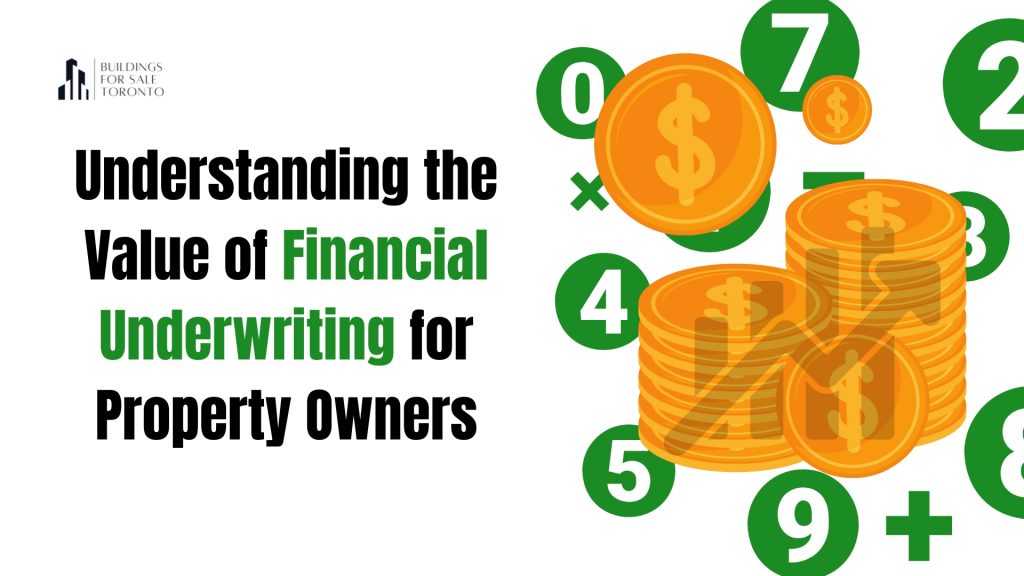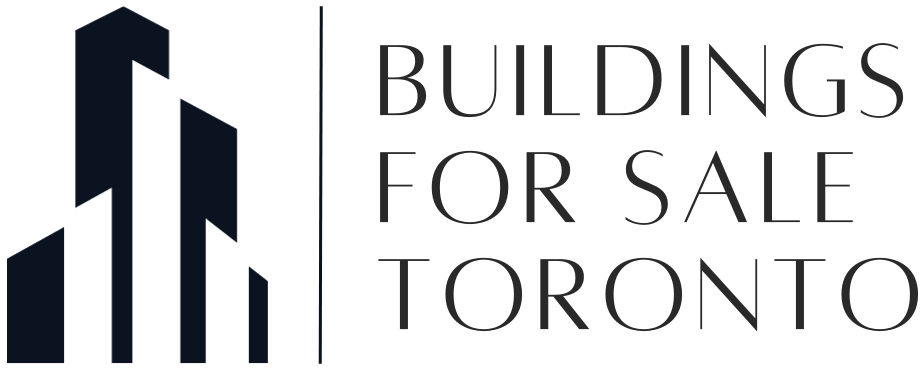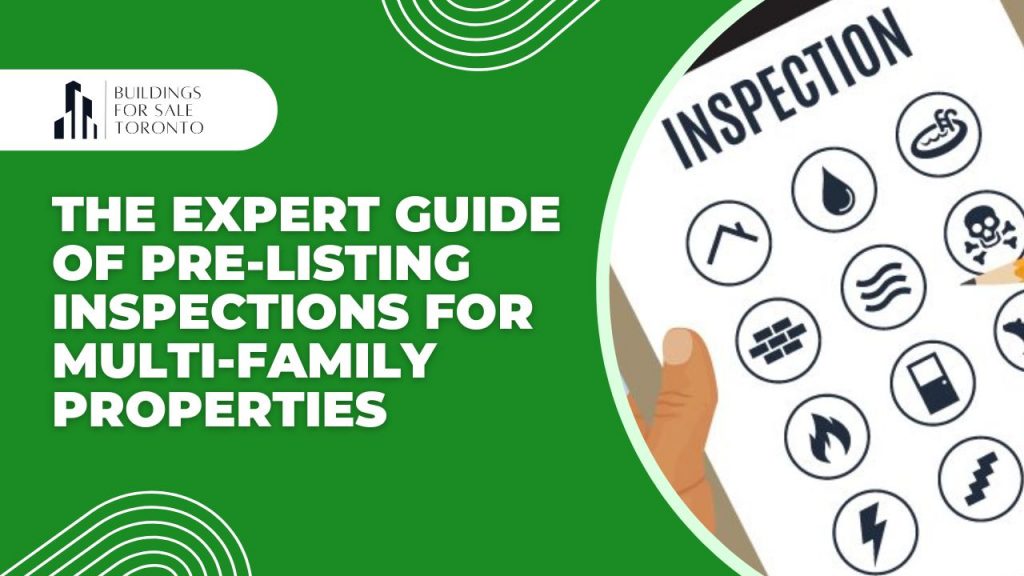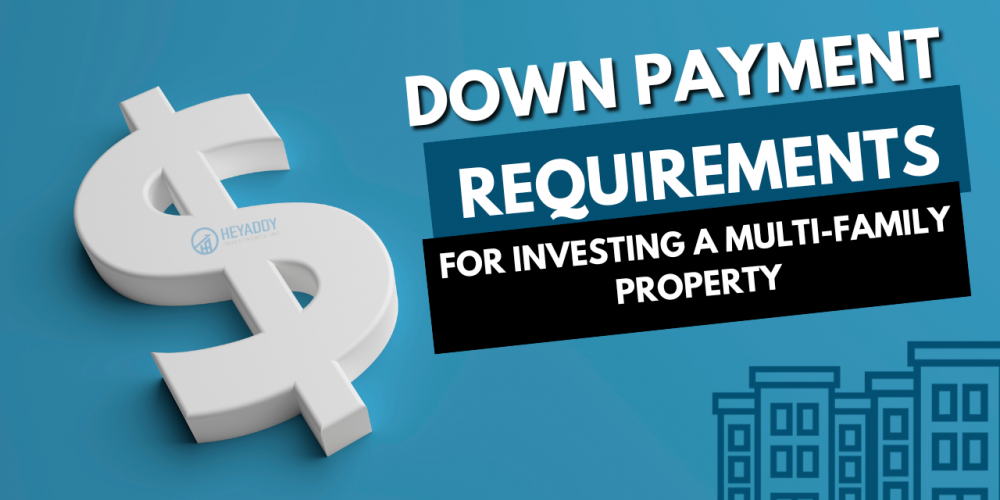Understanding the Value of Financial Underwriting for Property Owners

For property owners, maximizing the potential of their real estate investments is paramount. Whether you’re a seasoned investor or new to the game, understanding the financial landscape of your property is critical to making informed decisions and optimizing returns. That’s where financial underwriting comes into play, as well as income calculators and Excel spreadsheets as a calculation tool. They emerge as an indispensable tool in your arsenal. In this article, we’ll delve into why these resources are essential for property owners and how they empower you to unlock the total value of your assets.
Income calculators offer property owners invaluable insights into the income potential of their properties, enabling them to make strategic decisions that align with their financial objectives. By accurately estimating rental income and factoring in expenses, owners can gauge the profitability of their investments and identify growth opportunities. This financial clarity empowers owners to proactively manage their properties, adjust rental rates, and optimize occupancy levels to maximize revenue streams. Additionally, these calculators facilitate comparative analysis, allowing owners to benchmark their properties against similar assets in the marketplace and identify areas for improvement. By leveraging these tools alongside Excel spreadsheets for more in-depth analysis, owners can fine-tune their investment strategies, identify potential risks, and capitalize on emerging opportunities.
In conclusion, financial underwriting through income calculators is a game-changer for property owners looking to extract maximum value from their investments. By comprehensively understanding their properties’ income potential and market positioning, owners can make informed decisions that drive long-term success and profitability. With these tools at their disposal, owners can navigate the complexities of real estate investment with confidence and precision, ultimately realizing their vision for their properties and securing a prosperous future.
If you would like more information or have any questions, please post a comment below or contact us. We also offer a service to help buyers underwrite assets; learn more here.










